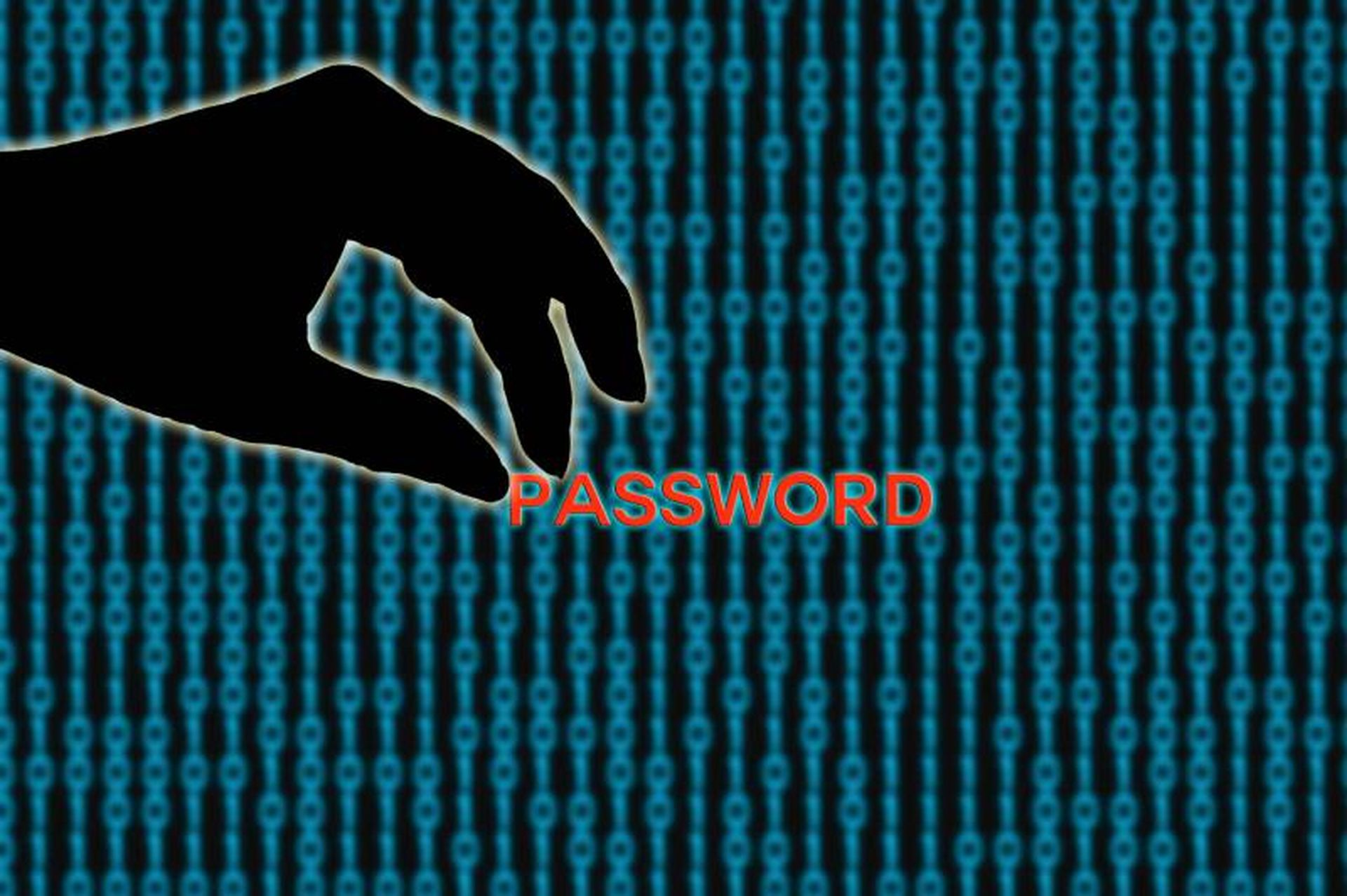Identity and access management (IAM) proved its worth by quietly saving organizations from disaster.
As breaches like MOVEit, Okta's credential compromise, and the Microsoft email hack rocked the cybersecurity world, IAM emerged as a critical, if unsung, defense.
The MOVEit breach, which compromised millions of records through a third-party software vulnerability, taught organizations that IAM isn’t just about preventing unauthorized access — it’s about understanding how to handle identities across the full attack surface.
Chris Steinke of MightyID explained: “The ability to absorb and recover from attacks hinges on identity resilience. Prevention is great, but recovery must be a core focus.”
This year, it became clear that IAM is no longer optional; it’s critical infrastructure.
In 2024, cyberattacks reached new levels of sophistication, targeting identity vulnerabilities with alarming precision. Breaches such as MOVEit, Okta's credential compromise, and the Microsoft email hack underscored the critical importance of IAM. Despite its vital role, IAM often goes unnoticed until a crisis strikes.
According to a CyberRisk Alliance study, 58% of respondents said recent breaches directly influenced their organizations to increase IAM investments. Despite rising adoption rates, 35% of organizations still hadn't implemented IAM solutions, highlighting a significant gap in preparedness.
By prioritizing resilience, implementing multi-layered defenses, and securing high-risk users, organizations can transform IAM into a powerful frontline defense. In an era of relentless cybercrime, IAM may not be glamorous, but it remains indispensable for safeguarding businesses.
Speaking at an industry webinar event, Steinke emphasized the importance of assuming breaches and focusing on recovery.
“Organizations must prepare to operate in degraded states and prioritize resilience over prevention alone,” he said, noting that identity resilience isn’t just a defensive measure but a proactive strategy to absorb and recover from attacks.
In fact, 74% of respondents in the State of Identity 2024 survey reported increased concern over unauthorized access, further highlighting the need for multi-layered defenses and secure practices not only incorporates credible attributions but also integrates supporting data to reinforce the thesis.
While IAM doesn’t promise flashy breakthroughs, it delivered substantial risk mitigation during a tumultuous year. Attackers have evolved their tactics, going after high-risk users like executives and privileged IT staff.
Khizar Sultan, VP, CyberArk Identity explained:
“Users are often the weakest link — especially those with broad access.” Social engineering and phishing tactics targeted these users aggressively, exploiting their access to critical systems. Effective IAM — combined with training and risk-aware authentication — played a vital role in minimizing the damage.
IAM also tackled the ever-growing issue of shadow IT, where employees circumvent official tools for convenience. “Shadow IT is the symptom of an IAM system that doesn’t match user needs,” said Jim Desmond, SVP, chief security officer at Asurion. Properly implemented IAM can help mitigate this issue by ensuring security processes are both seamless and user-friendly, reducing the temptation for employees to find workarounds.
But perhaps the biggest lesson from 2024 was that IAM isn’t just about prevention; it’s about resilience, Steinke said.
Whether it was phish-resistant MFA or adopting zero trust frameworks, companies that invested in identity resilience were able to bounce back from breaches faster.
“Recovery and continuity are what separate an embarrassing moment from a full-blown crisis,” Steinke pointed out.
The MOVEit breach and others like it also showed that identity management isn’t limited to your own users — it’s about your vendors, partners, and contractors. Organizations that didn’t account for third-party access paid the price.
Jeff Reich, executive director of the Identity Defined Security Alliance. stressed the importance of third-party identity management during a recent panel stating, “You’re not just managing your identity anymore; you’re managing the identities of everyone you interact with.”
So while IAM might not be alluring in the business sense, when it is 3 a.m. and your systems are under attack, IAM is what saves your bacon. By enforcing least privilege, adopting zero trust, and integrating smarter user verification, organizations can turn IAM into their secret weapon — one that may not make headlines but quietly keeps the lights on.
(Editor’s Note: A portion of this content used a large language model to distill a single source of original content, such as a transcript, data, or research report. This content was conceived, crafted and fact-checked by a staff editor, and any sourced intellectual property used is clearly credited and disclosed.)




